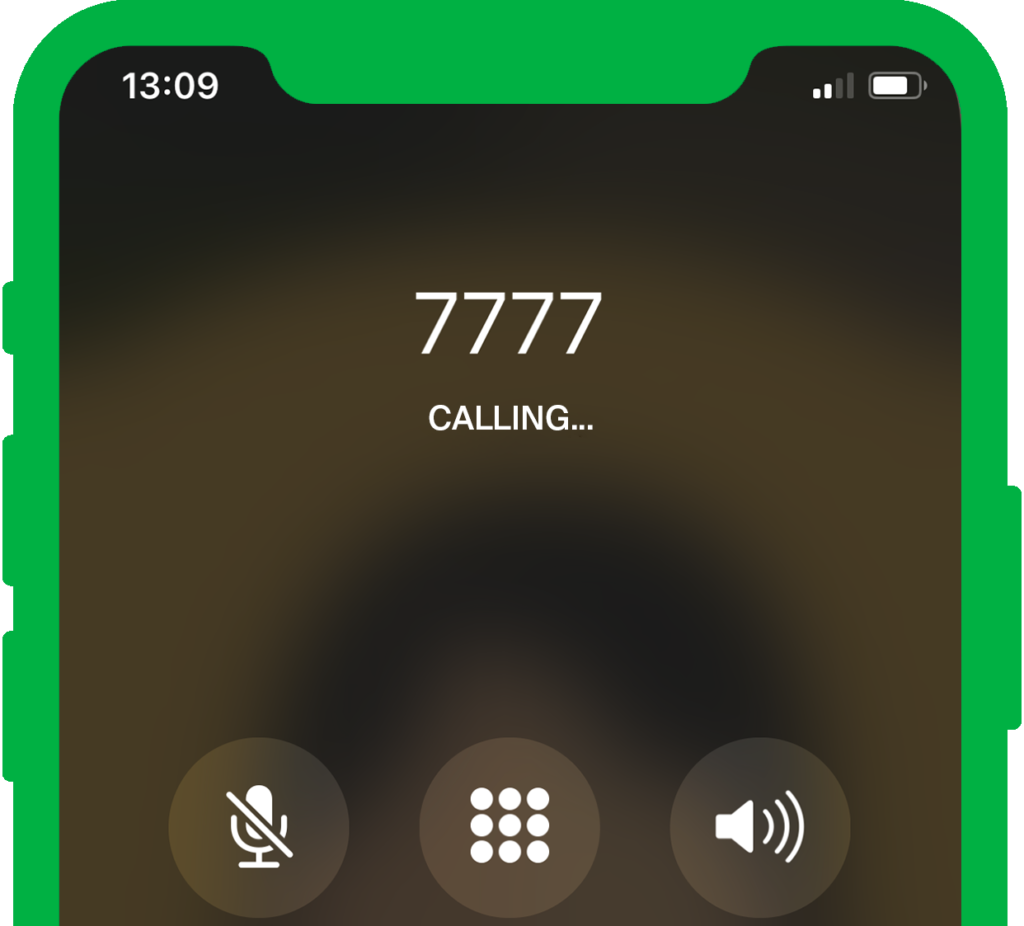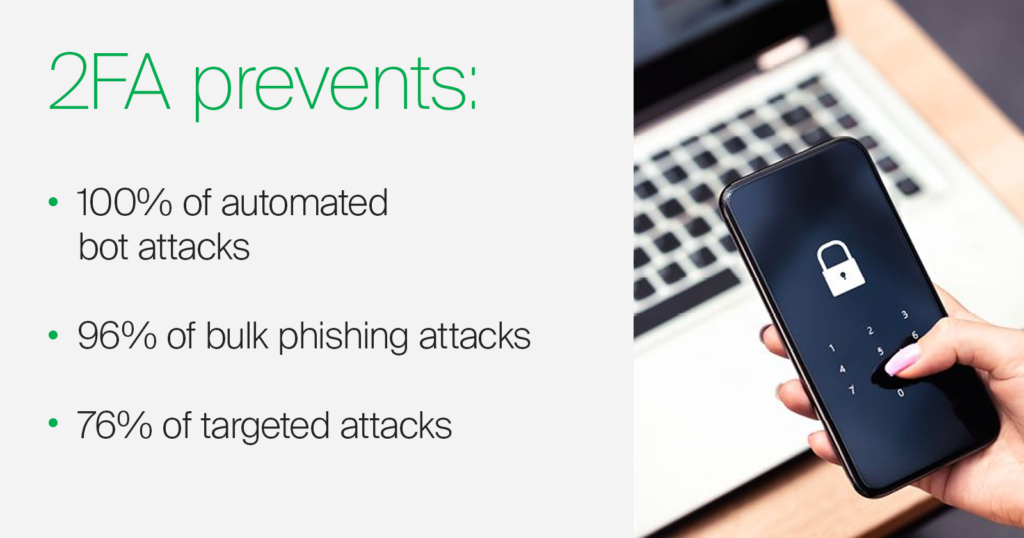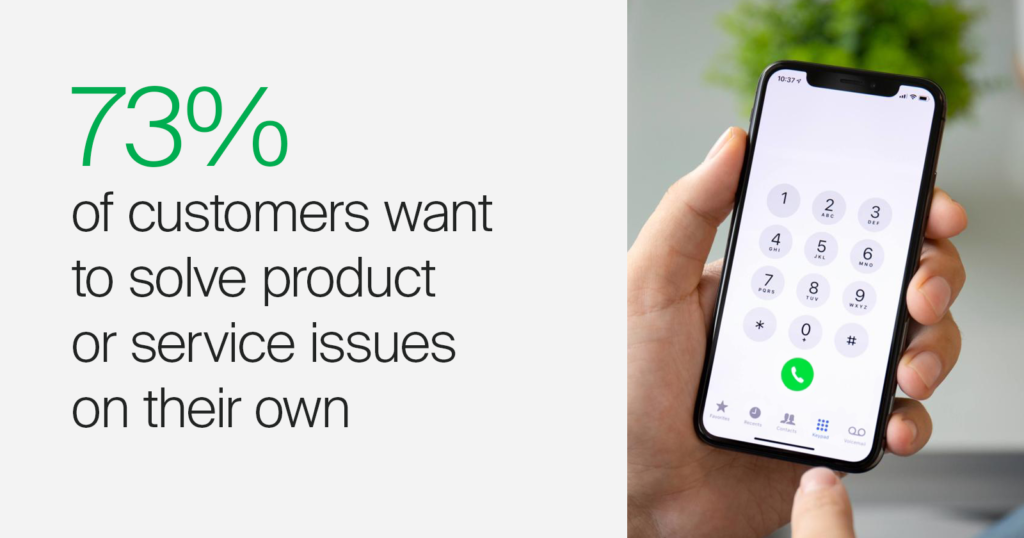Online banking has made handling one’s finances easier than ever before. However, consumers today demand convenience and exceptional digital experiences when dealing with their banks. Adoption rates of dedicated banking apps remain low as customers prefer messaging apps that they already use in their everyday communication. If banks are not reaching customers over these preferred channels, they are missing important revenue generating opportunities and risk disengagement and even churn — all above being the consequences of the erosion of customer-bank relations that occurs in the absence of personal connection. And then there are the security issues. In this article, we look into the services that can help banks to serve, engage and protect their audience.
Support, communicate and improve digital banking customer engagement with CPaaS
As mentioned above, clients are looking for convenience, and nothing speaks of convenience more than being able to solve all occurring issues via a familiar communication channel. In addition to that, clients are also often tempted to migrate to third-party banking apps like PayPal. To leverage the opportunities for conversations and eventually drive the consumer traffic to their own apps, banks require a robust CPaaS (Communications Platform as a Service) solution to help unite all communication channels, favoured by the audience, in a single suite.
Complementing your customer journey with the text messaging experience will genuinely improve your ability to connect with customers, partner with them, and make the communication more meaningful. With text messaging, banks can be available for their customers any time and virtually at any place while educating the users and promoting the benefits of in-house applications and services.
Additionally, CPaaS solutions are perfect tools for creating targeted client communications and personalised conversational experiences. With GMS Business Communications Suite, our CPaaS solution, the bank can leverage the two-way capabilities of modern messaging apps and have a meaningful dialogue with a customer, building trust and create potential business opportunities.
GMS Business Communications Suite messaging capabilities
can be used in the following ways:
Applications
- Transaction notifications
- Delivering one-time passwords to reduce fraud and theft
- Generating real-time fraud alerts
- Sending appointment and payment reminders
Benefits
- Allow customers to monitor their account activity
- Reducing operating costs
- Increasing customer satisfaction and retention
Be more recognisable
In today’s society, informational overload makes us actively avoid unnecessary communication. Hence, banks have to make sure that their communications are as recognisable as possible. While the messaging apps display the brands’ business account’s name right away, an SMS or a call from an unknown number might easily trigger your client’s anxiety, ruining their experience and significantly undermining your efforts.
However, there is a solution: SMS and Voice short codes. Their primary benefit is that short codes are simpler and more memorable, making them much easier to use. Another significant benefit is the branding opportunities. A unique short code associated with one particular bank allows a recipient to quickly confirm who the sender or caller is, as seeing the familiar number makes us perceive the message as genuine and trusted. Besides, short codes are carefully controlled by operators and short code providers like GMS, hence being less associated with spam.

SMS short codes can also be used for two-way communication if your customers don’t have the connectivity needed for addressing you via a messaging app. On the other hand, voice short codes can be coupled with an IVR (Interactive Voice Response) system to provide the clients with automated support and reduce the load on your call centre.
Protect your clients
Passwords are the standard security measure that can be largely effective, based on their complexity. Short passwords can be picked via brute-force or dictionary attacks — programmes trying to guess either random combinations of characters repeatedly or using a list of commonly used words. However, the main problem with even stronger passwords are people misusing them. They can write the passwords down, share their passwords, or even worse — use the same password across multiple sites. The latter is a common problem since the password leaked from one source could be used to access sensitive information in other places leading to devastating results.
Today, as organisations are increasingly more concerned with data security due to regulatory and compliance concerns, many use multiple authentication factors to control access to secure data systems and applications. One of the ways to control the authentication factors is through two-factor authentication (2FA).
An authentication factor is a type of security credential used to verify the identity of a user attempting to gain access, request data or perform other actions in a secured network, system or application.
Authentication factor types:
- something the person knows (passwords, secret words, etc.)
- something the person owns (hard tokens, keys, etc.)
- something the person is (biometrics: fingerprints, retina scans, etc.)
- person’s location at the time of action (geolocation)
- person’s behaviour (recognising or recreating patterns, words, images).
2FA helps negate the disadvantages of passwords, using a user’s phone as a means to confirm their identity when approving large transactions or accessing their accounts online. Requesting an action confirmation via 2FA serves two purposes: protecting sensitive data and alerting the account owner of any access attempts.
As the name implies, 2FA systems work by first having the user present one factor of identification — their password — followed by request to provide the second factor. GMS’ 2FA Voice solution makes a call to the user’s phone, using a number with the last four digits randomised with each call, these last four digits serving as a second code the user inputs to authenticate their login attempt.

Optimise call centre efficiency
Auto-call is a cost-effective and easily deployed tool for conveying information to your consumers by automating the outgoing call. It allows you to free up human agents to handle complex issues while the Auto-call reaches out to dozens of people.
The system dials the subscriber from the contact base and connects them with the IVR (Interactive Voice Response) voice menu so that the client can get all the necessary information from the pre-recorded voice messages without agent intervention. If a human touch is needed, a human agent can be easily summoned to replace the machine. This can be especially valuable, when dealing with fraud notifications, since the client will likely be willing to receive a reply from the specialist.

Auto-call is excellent for delivering alerts and reminders, handling typical requests like balance updates and can even be used for conducting surveys. The subscriber can receive the necessary information through a special voice menu by pressing keys in a tone mode.
A complex approach
Winning the customers over is not a simple task. Considering that banks are handling precious customer funds and sensitive data, keeping the consumers safe and happy calls for a well-rounded combination of solutions.
Timely, convenient and efficient communication is the basis of customer support and a must for keeping the consumers happy. Implementing and combining services like CPaaS, Short Codes, and Auto-Call is vital for a well-rounded communication strategy.
Deploying a security solution is another critical step that both protects the customers and demonstrates your commitment. Ideally, you should educate them about the importance of a strong password via their preferred communication channel and leverage a 2FA solution to make sure they can only access their accounts.
Contact our experts to discuss a tailored solution that can help your bank bring your customer communications and find more about digital banking customer engagement.

